This Pin was discovered by Sabrina brinkerhoff Discover (and save!) your own Pins on Three eggs laid so far Bluebirds usually lay 45 sometimes 6 or 7 Second and third broods tend to have fewer eggs This is a second brood for this pair Occasionally an Eastern Bluebird will add feathers to a nest Incubation does not begin until all eggs have been laid, so they will hatch at the same timeOne of the loudest and most colorful birds of eastern back yards and woodlots, the Blue Jay is unmistakable Intelligent and adaptable, it may feed on almost anything, and it is quick to take advantage of bird feeders Besides their raucous jay!
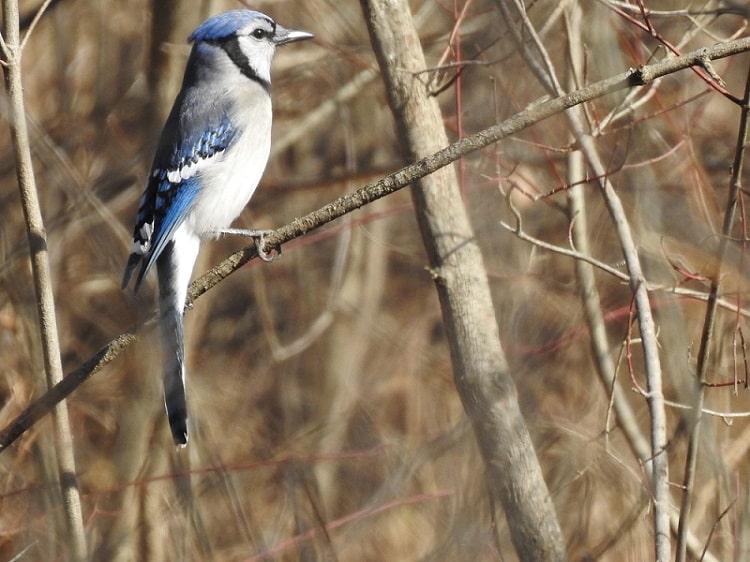
Blue Jay Bird What Do They Eat Where Do They Nest
Do blue jays eat cardinal eggs
Do blue jays eat cardinal eggs- Birds that bully Blue Jays Grackles Crows RedHeaded Woodpeckers RedBellied Woodpeckers Northern Mockingbirds Northern Bobwhites Northern Cardinals Mourning Doves Blue Jay/Scrub Jay Raids Robin Nest and Steals Eggs Go to http//wwwthunksnestcom to learn more about robins and the bird named thunk!



How To Feed Wild Baby Blue Jays Animals Mom Com
Occasionally they will prey on nestlings and eggs of other bird species, but this is uncommon, especially in areas with plentiful food Blue Jay and Human Interaction The most common interaction between humans and blue jays is at backyard bird feeders They are sometimes viewed as pests because they can drive away other bird speciesJays are very territorial birds, and they will chase others from a feeder for an easier meal Additionally, the blue jay may raid other birds' nests, stealing eggs, chicks, and nestsHowever, this may not be as common as is typically thought, as only 1% of food matter in one study was bird material27 eggs Number of Broods 13 broods Egg Length 0709 in (14 cm) Egg Width 0608 in (1519 cm) Incubation Period 1119 days Nestling Period 1721 days Egg Description Pale blue or, rarely, white Condition at Hatching Naked except for sparse tufts of dingy gray down, eyes closed, clumsy
In this way, do Blue Jays take over other birds nests? Some blue jays in captivity have been recorded to live for more than 25 years One wild jay was recorded to be 16–17 years old However, the typical lifespan for these wild birds is generally around 7 years Blue Jay As A Recognized Bird Blue Jays are not a state bird within the 50 states that make up the United StatesMany birds do throw out parasitic eggs;
This is the "blue jay" of parks, neighborhoods, and riverside woods near the Pacific Coast Pairs of California ScrubJays are often seen swooping across clearings, giving harsh calls, with their long tails flopping in flight They readily come to backyard bird feeders Until recently, this jay was considered part of the same species as the Woodhouse's ScrubJay;Blue jay eggs are usually 1 to 13 inches long with a width of 07 to 09 inches They can be light blue, light green or yellowishbrown in color with brownish or grayish spots Each female lays between 3 to 7 eggs in the nest Most female blue jays will raise only one or two broods per seasonI set up a web cam on a robins nest on my front porch I was able to capture a pair of Robins building a nest and laying three eggs A couple of Blue Jays



Q Tbn And9gcsdc1vosnf3uxefdirk9x4 Ph Yexknab Vogaafur0kyxvmnoz Usqp Cau




Breeding Blue Jay Cyanocitta Cristata Birds Of The World
Both male and female Blue Jays work together to build a nest for their young, and then when the female is sitting on the eggs, the male will feed and take care of her Once the young are about 17 to 21 days old, the whole family will then leave the nest together Jays have many admirers as do most birds But they also have detractors, both casual and committed, who in their combined ranks exceed the notafan clubs of any other native bird that I can think ofBlue jays are omnivorous They feed on fruits, nuts, seeds, insects, mice, frogs, and will rob other nests for small songbirds and bird eggs To eat nuts, blue jays hold them with their feet and then crack the shell with their bill Blue jays in captivity have been known to




Blue Jay Scrub Jay Raids Robin Nest And Steals Eggs Youtube




Fun Bluejays Week One
Calls, Blue Jays make a variety of musical sounds, and they can do a remarkable imitation of the scream of a RedshoulderedThe Blue Jays will eat plenty! Eggs of holenesting birds are generally white or pale blue so that the parent birds can easily locate them and avoid breaking them Egg camouflage is less important because the egg is usually well hidden within the nest Birds that lay their eggs in the open and on the ground rely on camouflage so usually produce brown or speckled eggs




Blue Jays Rock Wild Birds Unlimited



Diverse Family Bratt Mockingbird Is Raising Baby Blue Jay Northescambia Com
Bird feeding areas that have sunflower seeds or corn especially spilled onto the ground are also frequently visited by blue jays This penchant of blue jays to consume both the eggs and the nestlings of other birds has been implicated as an important factor in the significant decline of songbird populations throughout North America The Blue Jay (Cyanocitta cristata) is actually a member of the Crow (Corvidae) family All crows eat meat, some more than others All crows eat meat, some more than others Although Blue Jays eat about 3 times as much plant matter as it does meat, a large part of their diet is made up of other animals such as mice, fish, bats and other small birds Blue jays and other members of the crow family are notorious eggstealers They are intelligent and aggressive and will raid other birds' nests to steal eggs , young birds, and even the nest itself So yes, the blue jays in the painting are indeed eating another bird's eggs
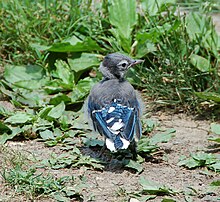



Blue Jay Wikipedia
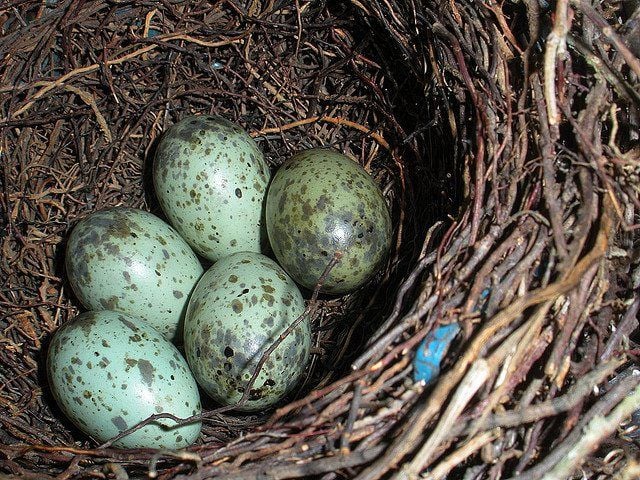



Nature Watch Never Take Eggs From A Bird S Nest Opinion Buffalonews Com
I didn't know blue jays were so aggressiveI have been trying to protect the blue birds from wren and house sparrow attacks And here I liked the blue jays because they make a fuss when the hawks are around A few days ago a crow was stalking a robin nest and took a baby right from the parentsQuite sad to seeAmerican robins, orioles and bluejays, for example, will not tolerate an unfamiliar egg in their nests Other birds simply abandon parasitized nests If an indigo bunting finds a cowbird egg in its nest, it will fly off and start another oneDo Blue Jays lay eggs in other birds nests?



All About Bird Eggs
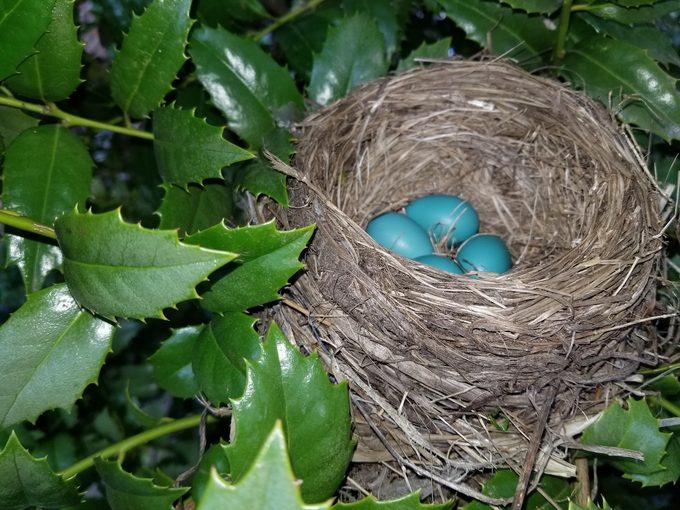



All About Robin Nests And Robin Eggs Birds And Blooms
Blue Jays, Crows, Roadrunners, Chipmunks, and Squirrels are notorious for eating hummingbird eggs and baby hummingbirds as a nice little treat Hawks have been known to catch a hummingbird for a quick snack Fish, frogs, snakes, and lizards have been known to snatch up a low flying hummingbird for a nice mealMany people do not know that the Migratory Bird Treaty Act makes it illegal to disturb the nest any native bird without a permit (see exceptions) It is also illegal to collect or have in your possession live or dead nongame native birds (adults or young), bird feathers, nests or eggs, to try to incubate wild bird eggs, to keep nests or eggs even for "show and tell" educational purposes, orBlue jays are sometimes known to eat eggs or nestlings, and it is this practice that has tarnished their reputation In fact, they are largely vegetarian birds
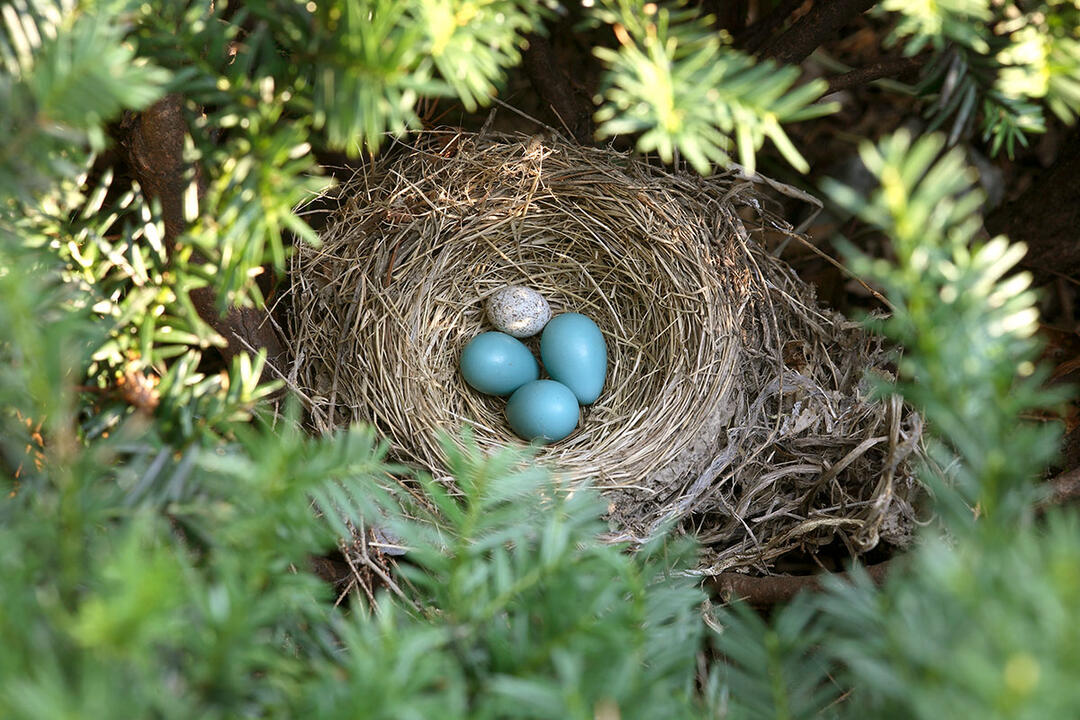



Is It Okay To Remove Cowbird Eggs From Host Nests Audubon




Blue Jay Egg And Baby Bird Lovely Bird Youtube
There are actually many species of birds that lay blue eggs Redwinged blackbirds, Dunnocks, House Finches, and Black Tinamous are some of the most common birds that lay blue eggs If you find a nest with blue eggs in it, we recommend watching from a distance to see what kind of bird comes back to the nestBlue jays are not just innocent birds feeding their young, when they attack nestlings and kill them and eat them They are predators, carnivores, and one might say, cannibals as they eat their own (birds) so no sympathy for the blue jay at all Identify Bird Eggs by Color and Size RubyThroated Hummingbird Eggs Photo by John Weinstein Clutch size 2 eggs A kiwi lays the largest egg in relation to its body size, but Walter Ferguson American Robin Bird Eggs H Jon Janosik Yellow Warbler Eggs H



How To Feed Wild Baby Blue Jays Animals Mom Com




The Blue Jay Bird Cyanocitta Cristata Backyard Birding Blog
However, in most cases, the blue jay's intelligence gives it the edge needed to recognize and reject the alien eggs The parents themselves are not immune to predators With their bright colors, large size, and slow flying speed can Some birds in blue jay territories will deposit their eggs in a blue jay nest (often cowbirds), hoping for some free parenting for their offspring, but blue jays are difficult to fool Rather than treating the egg as their own, they will recognize the imposter and enjoy itThe Blue Jay Cyanocitta cristata is a little larger than an American Robin, about 30 cm in length from the tip of its bill to the tip of its tail A whitefaced bird with a blue crest, back, wings, and tail, it is strongly marked with black and white Male and female Blue Jays




Why Birds Abandon Their Nests With Eggs 4 Common Reasons Bird Feeder Hub




Blane Klemek Outdoors Blue Jays While Obnoxious Play A Crucial Role In The Wild Bemidji Pioneer
Bluejays are much larger than bluebirds, commonly growing to 1012 inches Bluejays have large, strong beaks – which they use to feed on nuts, seeds and acorns Bluejays are much louder and more aggressive than most birds Bluejays don't migrate and are commonly found in the eastern region of North America Starlings also lay blue eggs, but you will be able to easily see the difference because they are bigger than bluebird eggs Here is a list of some of the most wellknown birds that lay blue eggs Redwinged, Rusty, and Tricolored Blackbird Bluefooted Booby, Bluethroat, Bluegray Gnatcatcher, Blue Grosbeak, Blue MockingbirdThe female blue jay lays three to seven eggs, often blue, greenish buff, or yellow The incubation process among most blue jays lasts around 18 days, with the female bird doing most of the incubation Although the male blue jay might substitute and do the incubation, it's not a common occurrence




Blue Jay Steals A Robin Egg From Nest Youtube
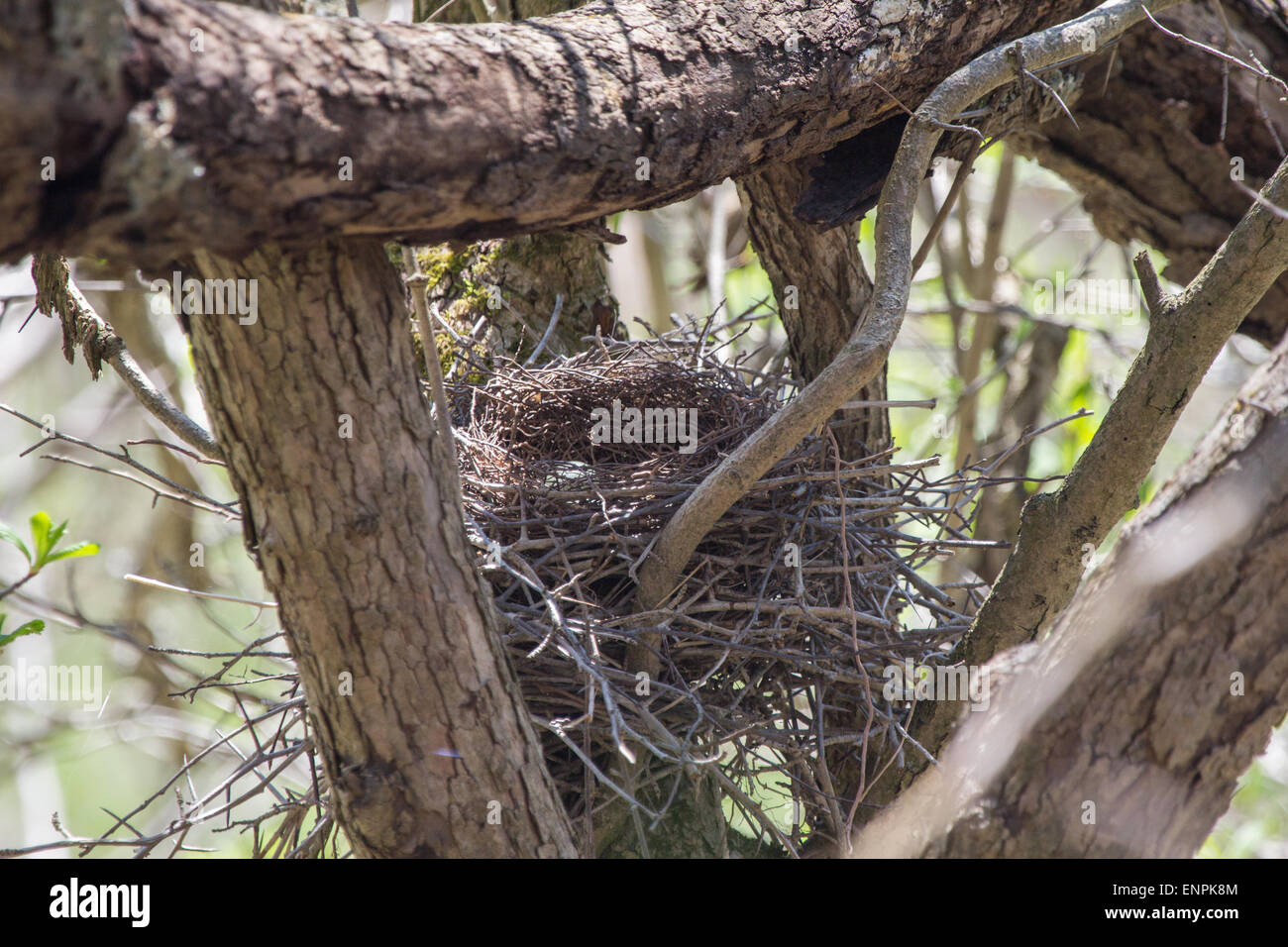



A Blue Jay S Nest With A Lone Egg In It Sits Unprotected From Predators Stock Photo Alamy
On the other hand, Blue Jays do indeed cause problems for eggs and nestlings of other birds How prevalent is this? Diet and Feeding Blue jays are omnivorous birds and opportunistic feeders that may sample just about anything available Nuts, berries, seeds, corn, carrion, insects, eggs, and even small animals such as lizards or baby birds may be part of their diet, and they easily switch to different food sources at different times of yearThis adaptability serves blue jays well andOnce in a while, blue jays eat eggs and chicks of other birds In a study of 530 blue jays, only six had parts of eggs or chicks in their stomachs Jays have been known to grab kibble from dog bowls Blue jay parents build a nest (left) in a secret spot
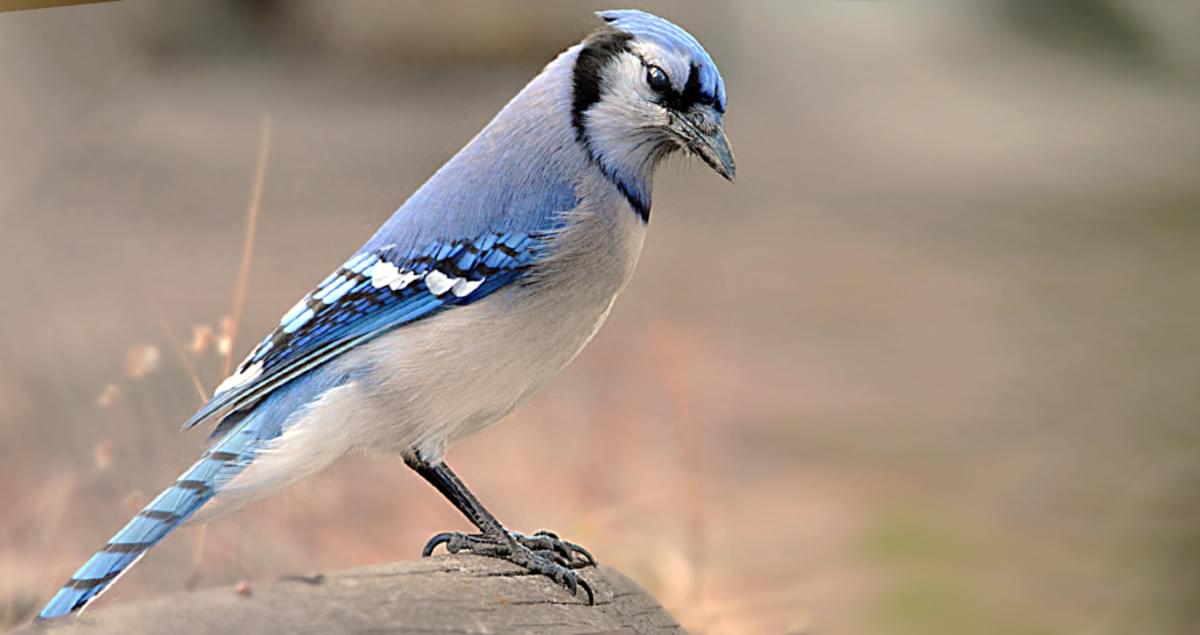



Blue Jay Life History All About Birds Cornell Lab Of Ornithology
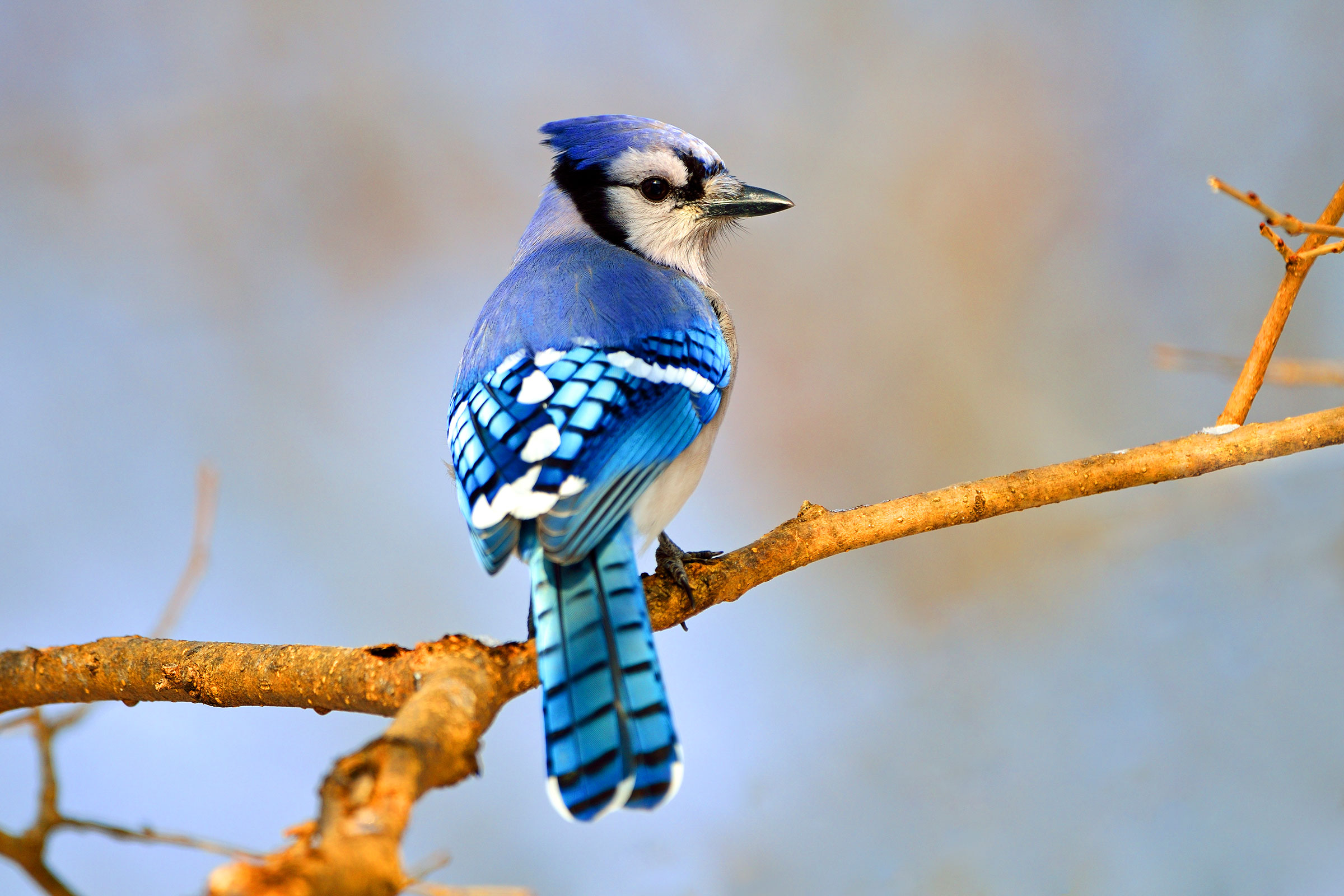



Blue Jay Audubon Field Guide
Occasionally eats lizards, nestling birds, even minnows #7 Blue jay (Cyanocitta cristata) Sometimes raids nests for eggs and nestlings, and sometimes pick up dead or dying adult birds #8 Gray jay (Perisoreus canadensis) They eat arthropods, berries, carrion, fungi and commonly takes eggs and nestlingsBlue Jays are known to take and eat eggs and nestlings of other birds, but we don't know how common this is In an extensive study of Blue Jay feeding habits, only 1% of jays had evidence of eggs or birds in their stomachs Most of their diet was composed of insects and nutsTheir winter diet consist mostly of vegetable matter, acorns, beechnuts, seeds and berries Othertimes they will feed on larger insects, grasshoppers, caterpillars, mice, bird eggs, and baby birds Although known to rob nest of eggs and baby birds, only a very small percentage of their diet comes from these sources Typically, these birds are




Pin By Sabrina Brinkerhoff On Birds Blue Jay Eggs Pet Birds Bird Eggs




Blue Jay Eggs Stock Photos Pictures Royalty Free Images Istock
When 530 Blue Jay stomach contents were analyzed in a 1922 study, traces of bird eggs or nestlings were found in only 6 stomachs — barely 1 percent, even though the researchers specifically looked for egg and chick matter Birds need calcium during the breeding season for egg laying and nestling growth This great need for calcium by blue jays is yet unexplainedThe average number of Blue Jays on BBS routes in the state is 8 to 9 birds per route per year In states along the Southeastern Coastal Plain, the number of Blue Jays per route frequently exceeds 30 (nearly 32 per route in Mississippi, 37 in Alabama, and 31 in Georgia;




The Story Of A Blue Jay Hometocottage Com




The Scrub Jay In Defense Of The Blue Squawker Nature In Novato
Although Blue Jays will plunder the nests of smaller bird species for eggs and even hatchlings, they mostly confine their protein intake to insects, small animals, and even carrion Blue Jays are quick to exploit forest fragments, since the expanded edge habitat provides greater chances for them to find preyBlue Jays build their nests in tree branches or where there is a "V" in the tree The nest is made from grass, small twigs, leaves, and bark and is sometimes "glued" together with mud The female Blue Jay will lay between 36 eggs which she will incubate for up to 18 days Sometimes the male will assist with the incubation, though his main task is to bring food to the female Blue Jay as sheThe Blue Jay is a common and widespread species in Minnesota;




Offer Blue Jays Egg Shells
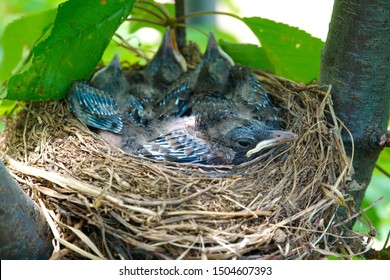



Blue Jay Nest Hd Stock Images Shutterstock
The only way to tell male from female blue jays apart from one another is to observe their behavior You can distinguish males from females by seeing which birds court the other birds (the males court the females), and which birds brood the eggs (the female will incubate the eggs) Blue jays are beautiful birds that inhabit the eastern and central parts of the United States,What do blue jay eggs look like? Blue jays mate when they are one year old or sometimes even earlier This is seen as a good sign because blue birds have a short lifespan Female blue jays lay from three to six eggs at a time The eggs are colored blue, green or yellow usually with spots of brown and grey
/robin-s-eggs-138066946-d33cac25e97c4c6bb71f90291e30ff15.jpg)



Photo Gallery Of Wild Bird Nests And Eggs



All About Bird Eggs
Blue Jays are known to take and eat eggs and nestlings of other birds, but we don't know how common this is In an extensive study of Blue Jay feeding habits, only 1% of jays had evidence of eggs or birds in their stomachs Most of their diet was composed of insects and nuts Similarly, do Blue Jays steal baby birds?Acorns, nuts, fruits, and grains made up almost the entire remainder Of 530 stomachs examined,Birders cuss Blue Jays for their misleading ability to imitate calls of other species, especially Redshouldered Hawks Folks with backyard feeders tire of losing bushels of seeds to these voracious eaters And people often condemn Blue Jays for their occasional habit of consuming other birds' eggs and nestlings




Amazon Com American Robin Bird Nest With Blue Eggs Wall Art Print Fine Art Photography Rustic Country Nature Decor Handmade Products



Boisterous Blue Jays
31 Under a Rock Bluejays tend to be very opportunistic about food, and yes they will eat any egg even wild birds eggs Since I have cats bluejays are not a problem , but you might have to fill a bird feeder and move it away from the nesting area and enclose the nest area with fencing to keep them outVirtually all the raptorial birds sympatric in distribution with the blue jay may prey upon it, especially swift birdhunting specialists such as the Accipiter hawks Diverse predators may prey on jay eggs and young up to their fledgling stage, including tree squirrels , snakes , cats , crows , raccoons , opossums , other jays and possibly many of the same birds of prey who attack adults




Blue Jay Life History All About Birds Cornell Lab Of Ornithology



Julie Zickefoose On Blogspot Good New Is The Bluebirds Hatched
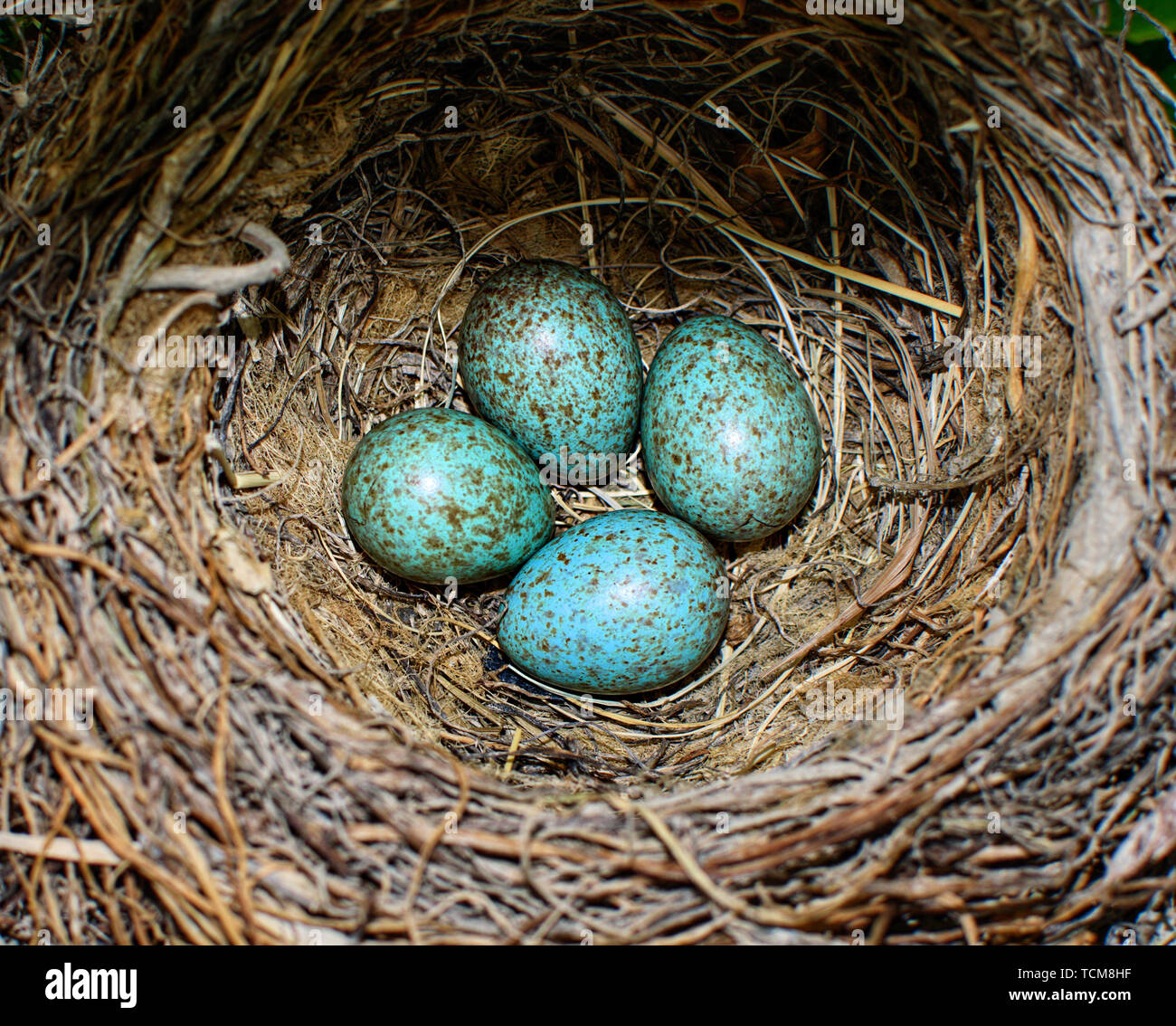



The Common Blackbird Turdus Merula Blue Colored Eggs In A Nest Close Up Blue Eggs In Nest Of The Black Bird Or Eurasian Blackbird In Spain 19 Stock Photo Alamy




Nature Bird Hay Shell Straw Spring Egg Easter Little Nest Spring Time Blue Jay Eggs Stock Photo 496d5dd3 24e7 4241 9de6 Fd



Q Tbn And9gcty8yzza5xddsaprn166ect9k4ltvp04c0v07xsbunjqqodwglj Usqp Cau




Blue Jay Bird What Do They Eat Where Do They Nest
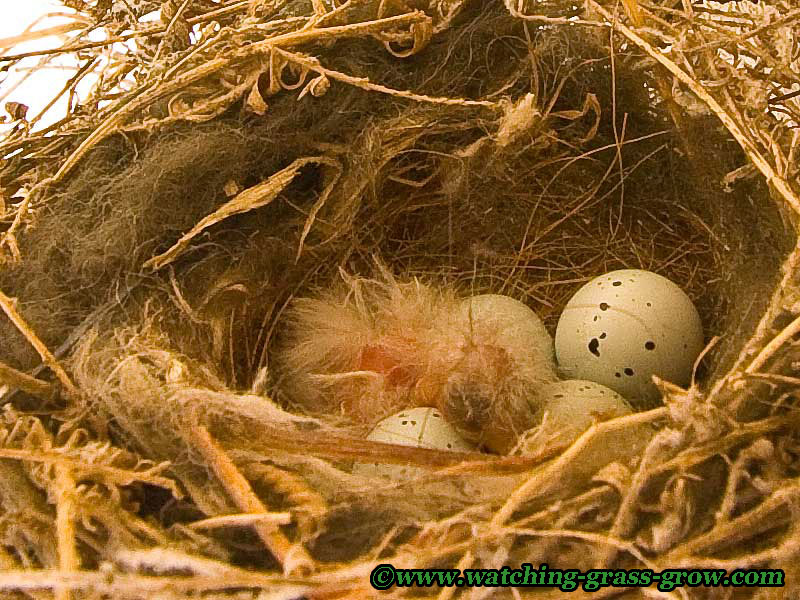



Colorado Blue Jay Grabs Baby Finches
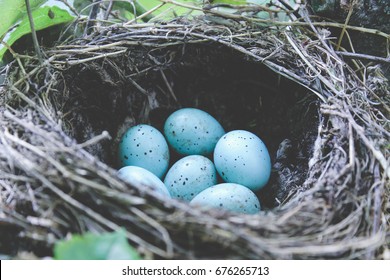



Blue Jays Nest Blue Eggs Stock Photo Edit Now




Bluejay Backyard Birds Wild About Birds
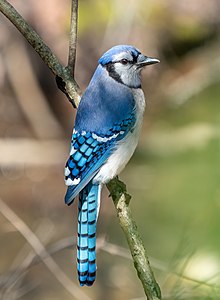



Blue Jay Wikipedia
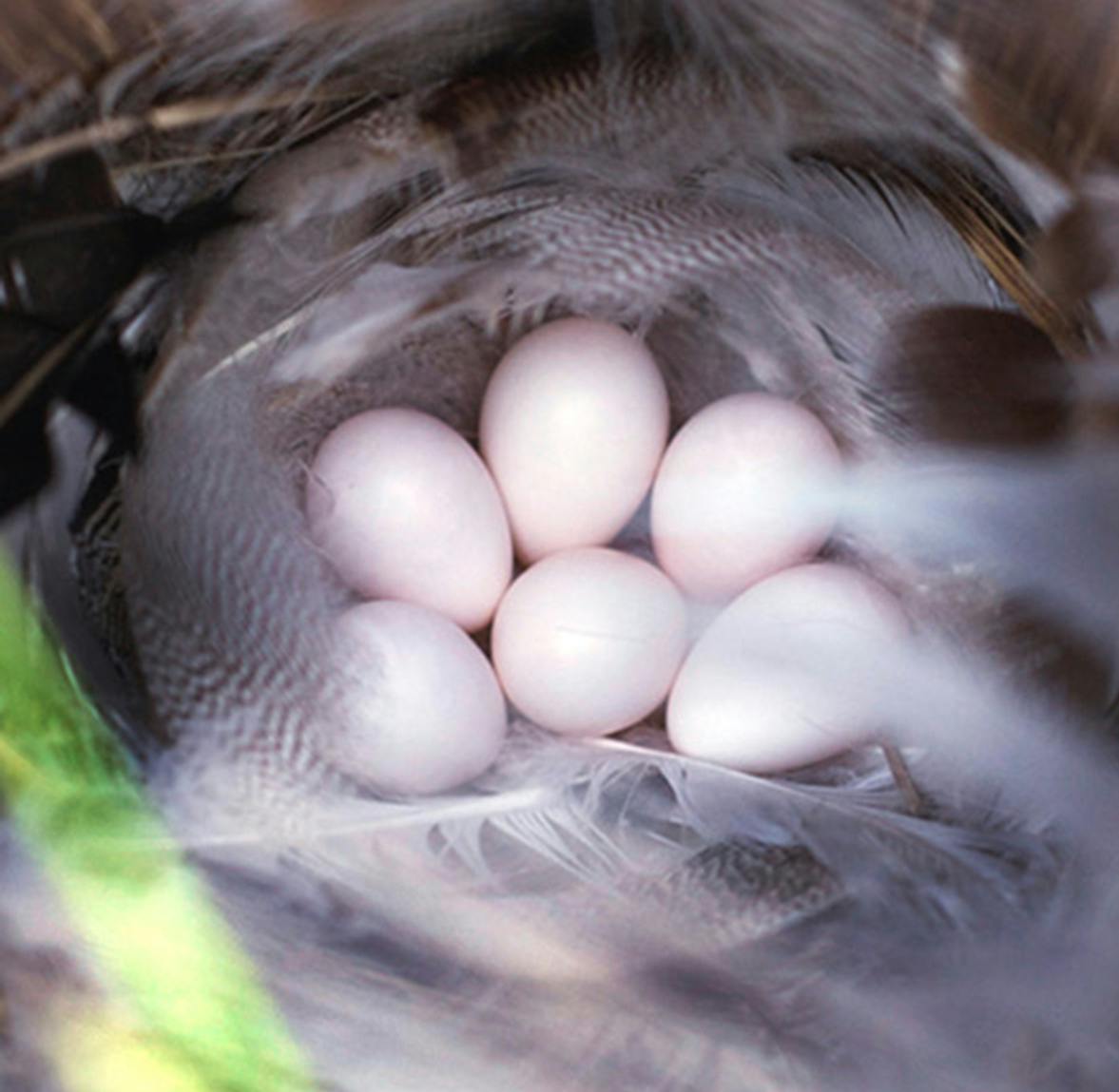



Why Are Some Bird Eggs Blue And Some Speckled Location Location Location Star Tribune




Blue Jay Eggs Blue Jay Eggs Blue Art Bird Photo
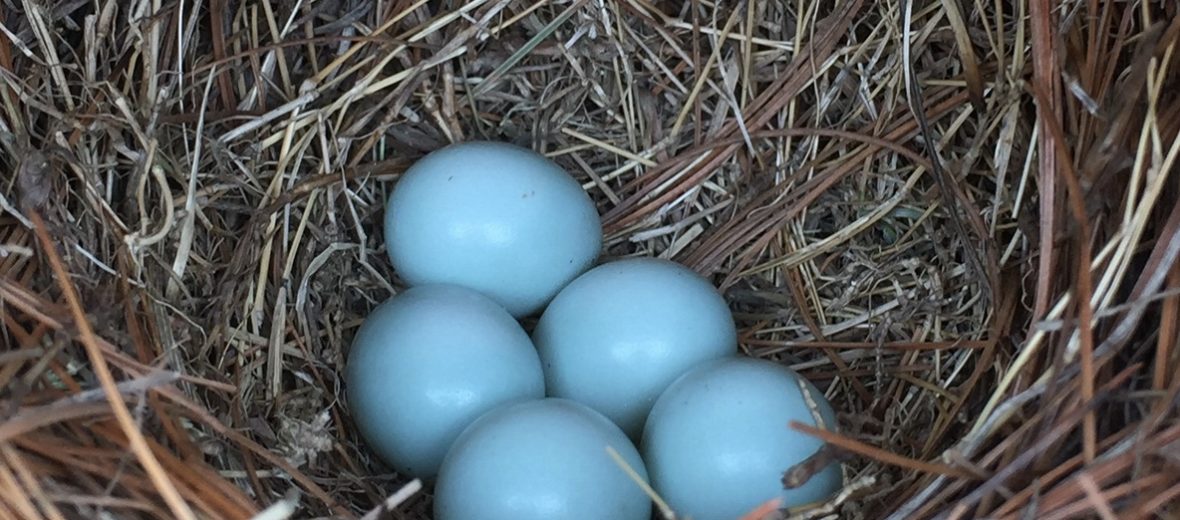



An Abandoned Bluebird Nest The Wildflower Preservation And Propagation Committee




Eggs Of Common Nova Scotia Birds Witches Whiskers




Blue Jay



Three Blues Eggs Too Large To Be Robin Western Pa Blue Jay Ornithology
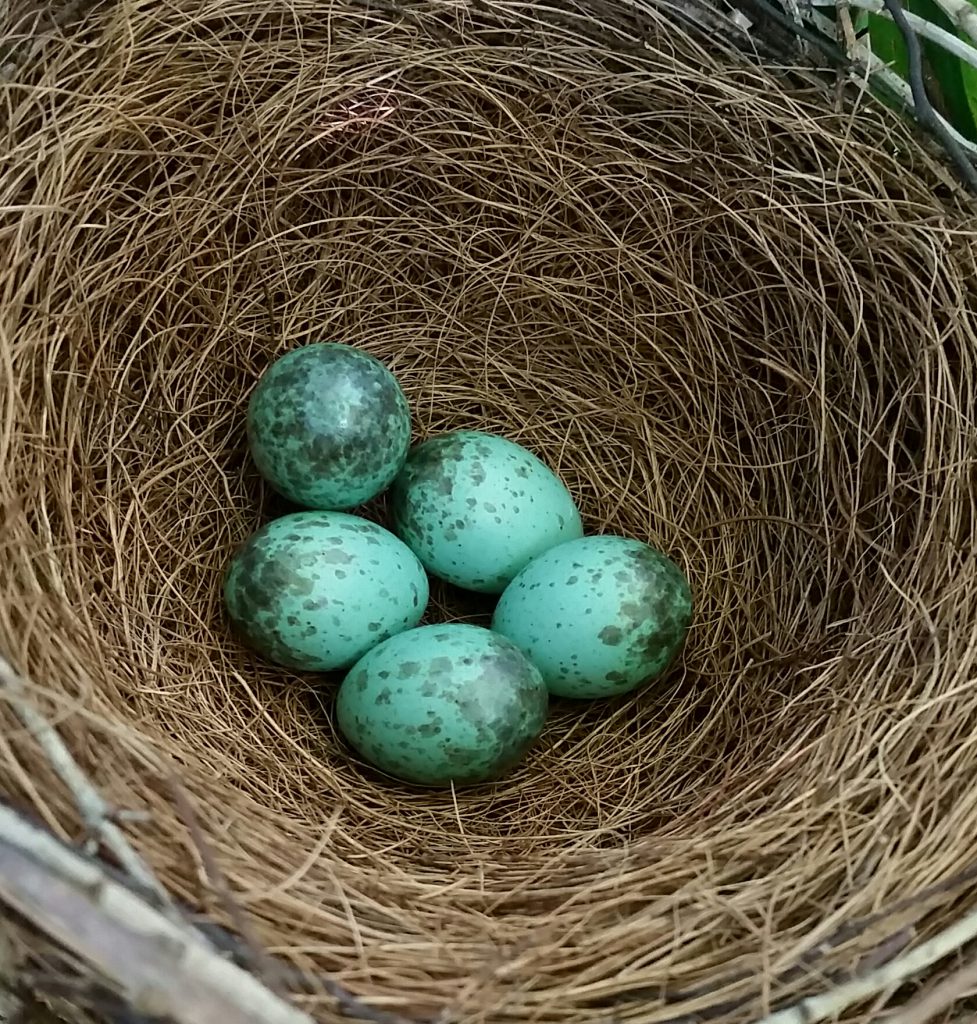



Nestwatch California Scrub Jay Nest Nestwatch




Blue Jay The State Of Water
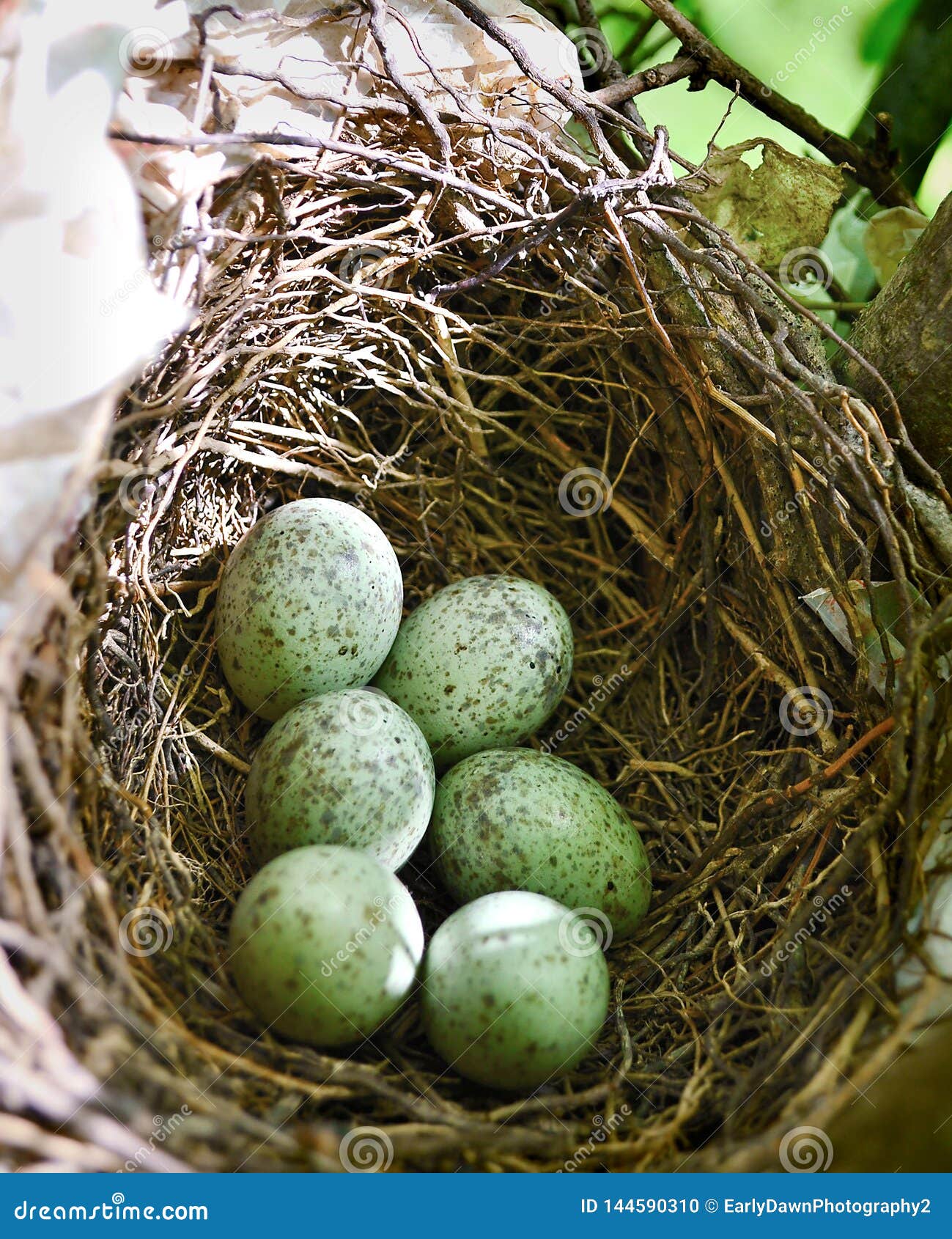



Blue Eggs Jay Photos Free Royalty Free Stock Photos From Dreamstime




To Save A Species Scientists Trick Jays With An Egg Bait And Switch Npr




Blue Jay Ohio Department Of Natural Resources




Blue Jays Nest Blue Eggs Stock Photo Edit Now
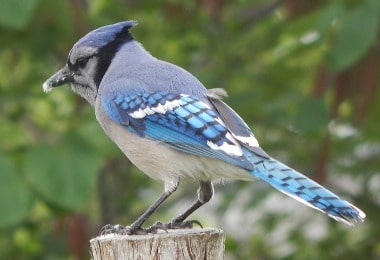



Blue Jay Bird What Do They Eat Where Do They Nest




Nature Journal Blue Jays Raid Nests Of Other Birds Devouring Eggs




12 Tips On How To Attract Blue Jays To Your Yard 21 World Birds




Blue Jay Eggs Lili Banta Flickr




Florida Memory Nest And Eggs Of Southern Blue Jay



All About Bird Eggs
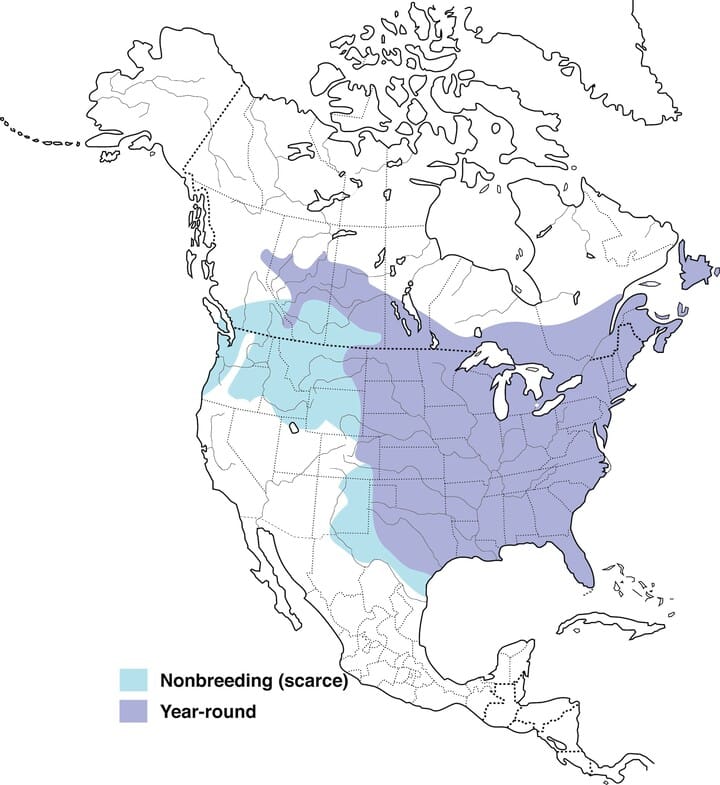



Blue Jay Overview All About Birds Cornell Lab Of Ornithology




Are Blue Jays Getting A Bad Rap Daysingarden



Canada Jays The Real Early Birds




Meet The Steller S Jay Clever Black And Blue Birds



Q Tbn And9gcty8yzza5xddsaprn166ect9k4ltvp04c0v07xsbunjqqodwglj Usqp Cau




Blue Jay Barrens Nests And Eggs
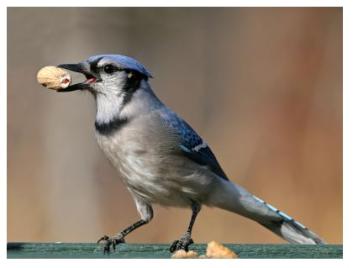



The Blue Jay Raucous Extrovert The Noisy Bird At The Feeder
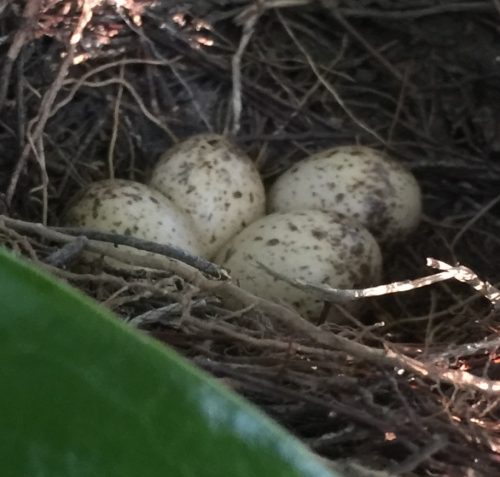



Nestwatch Baby Blue Jays Nestwatch
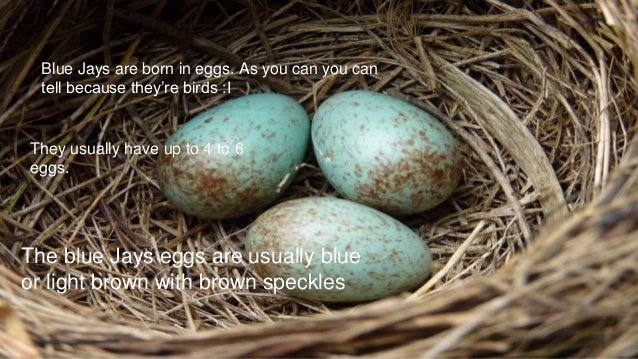



Blue Jays
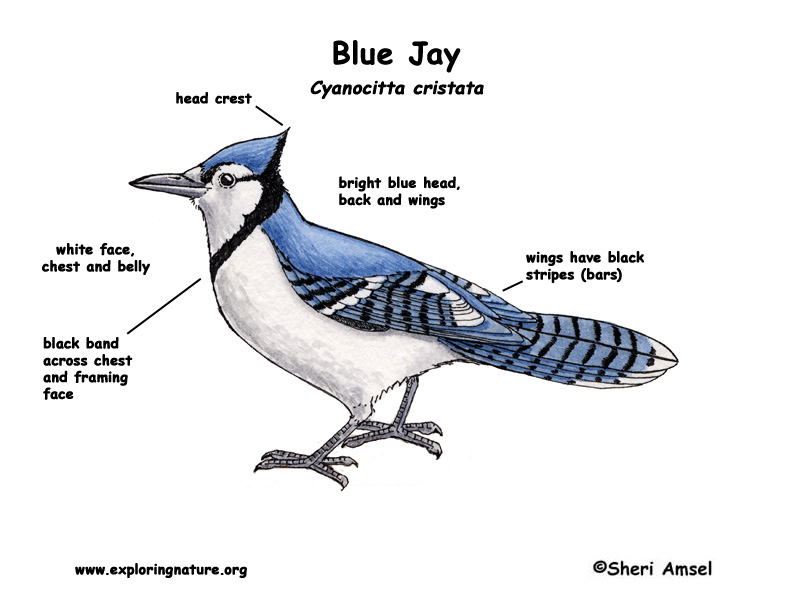



Jay Blue
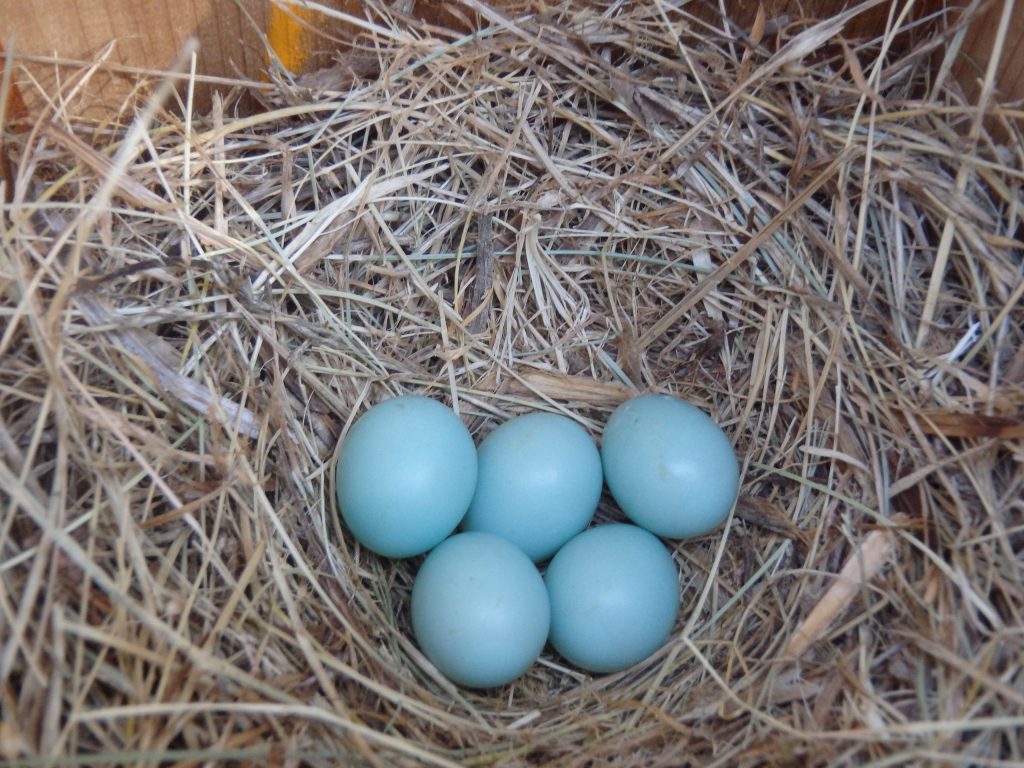



Nestwatch To Clean Or Not To Clean Your Nest Box Nestwatch




Blue Jay Eggs Stock Photo Picture And Royalty Free Image Image




Blue Jay Snatches Up A Baby Chipping Sparrow From Its Nest Youtube



Blue Jays In My Backyard Cleveland Museum Of Natural History
:max_bytes(150000):strip_icc()/Bluejaywithpeanut-GettyImages-587969324-5a18a0e6beba330037557592.jpg)



How To Attract Jays To Your Backyard
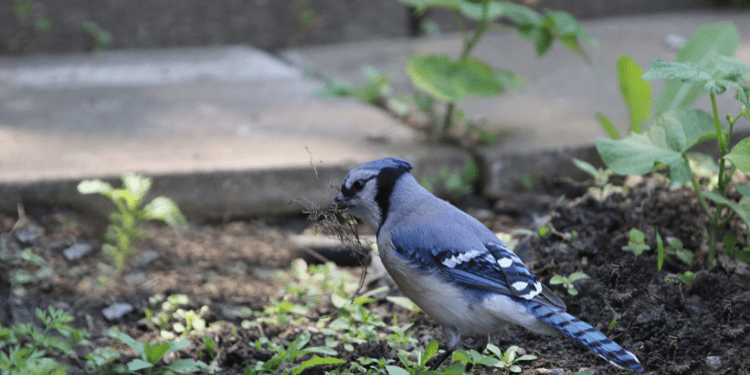



Blue Jay Eggs Everything You Need To Know Birdwatching Buzz
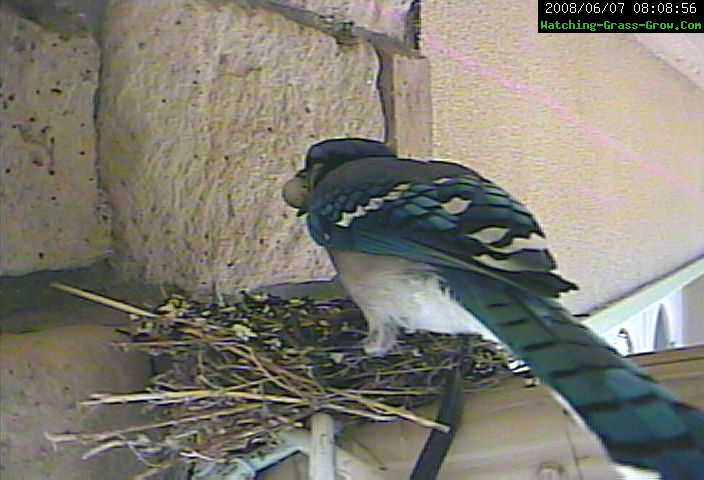



Colorado Blue Jay Grabs Baby Finches



Q Tbn And9gcsfm6n Uchtoj7 Ld9ds7mau2c8ecipdnh0bhirzvgvh8sli1fe Usqp Cau
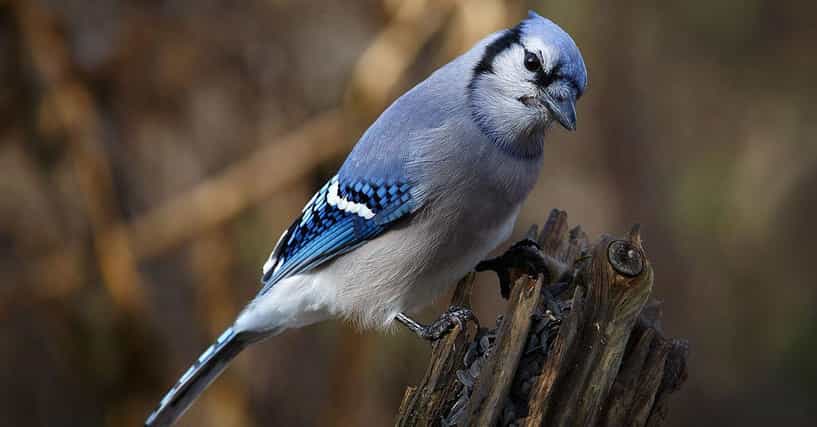



Blue Jays May Be Cute But They Re Airborne Jerks Of The Highest Order




Blue Jays Eggs Blue Jay Eggs Backyard Birds Bird Feathers
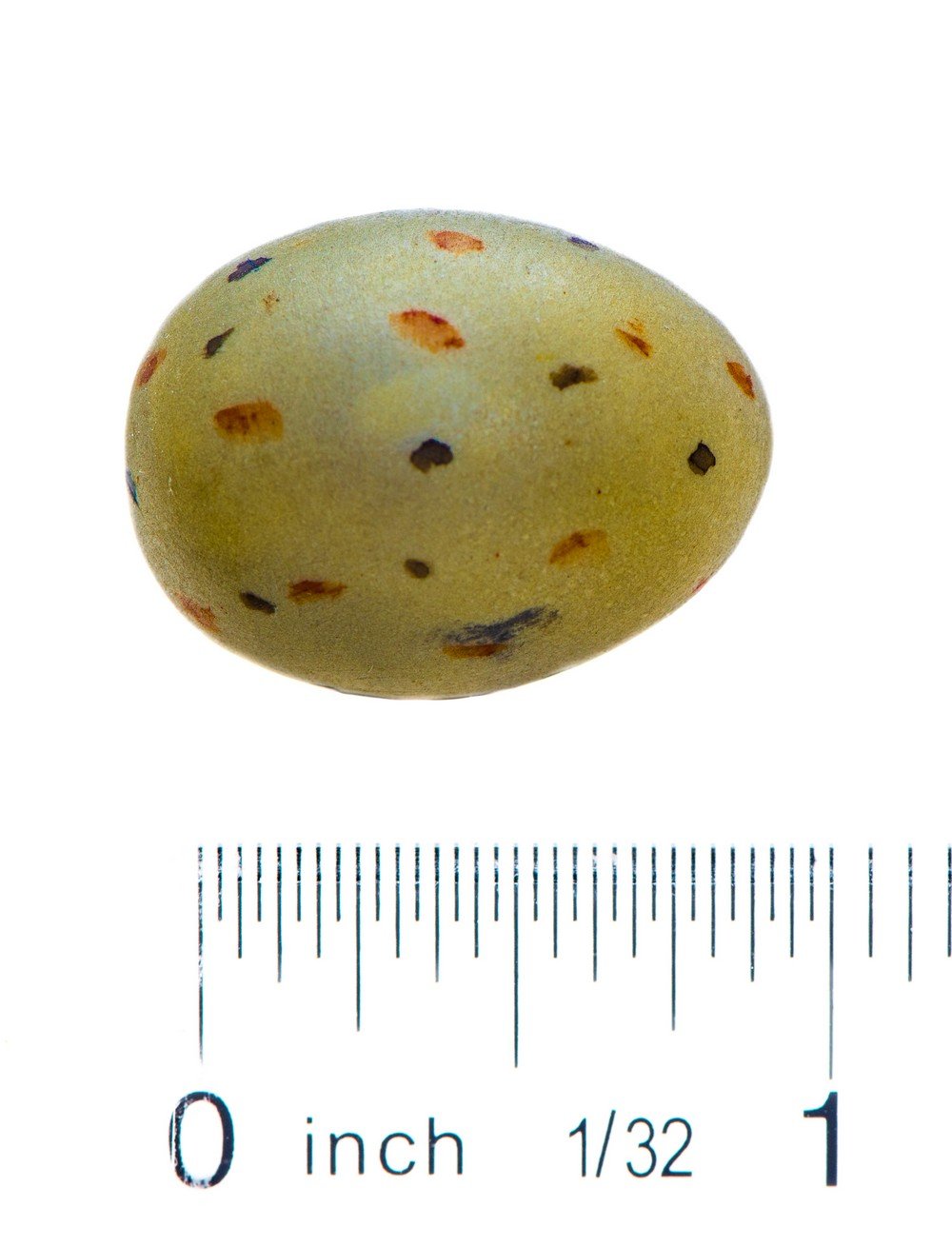



Blue Jay Egg Replica



Blue Jays In My Backyard Cleveland Museum Of Natural History




Bluejay Backyard Birds Wild About Birds




Breeding Blue Jay Cyanocitta Cristata Birds Of The World




Pin By Kw On Eggs Blue Jay Eggs Blue Jay Bird Pictures




Top 10 Ways To Help Nesting Birds Bird Watcher S Digest
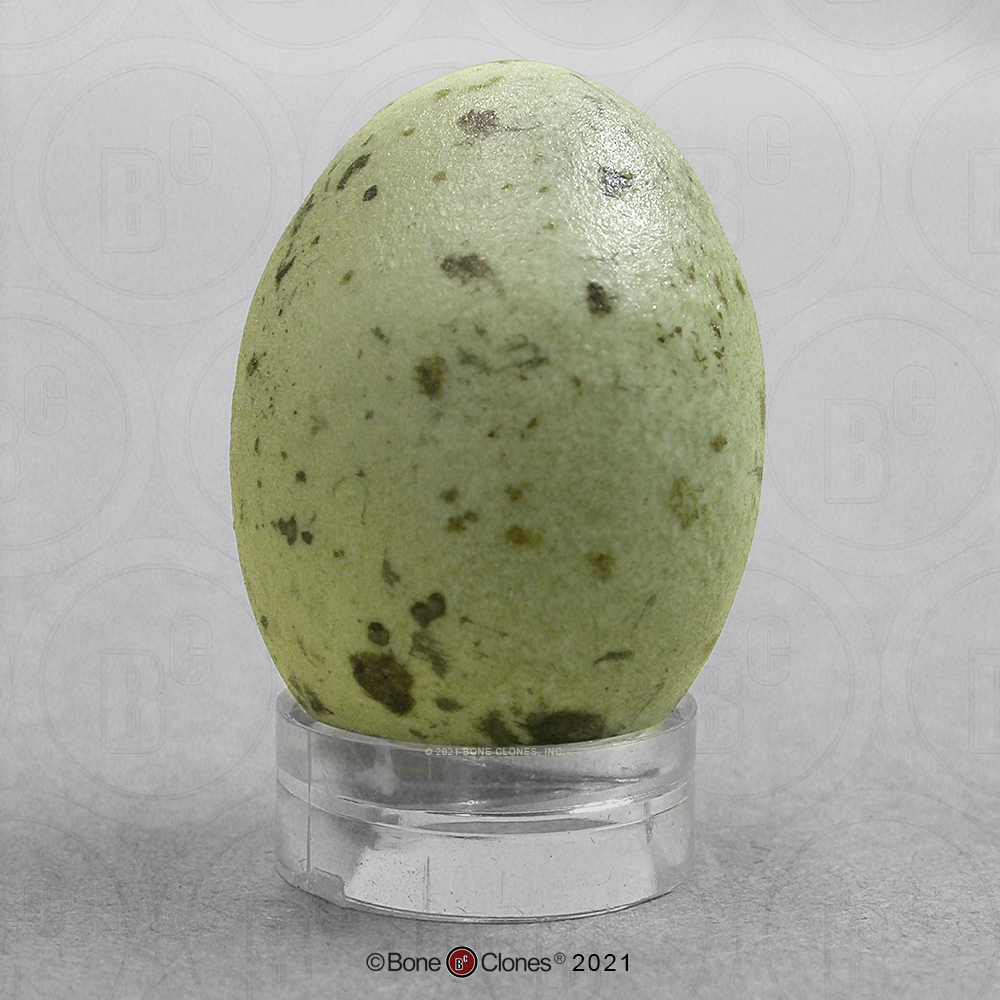



Blue Jay Egg Bone Clones Inc Osteological Reproductions
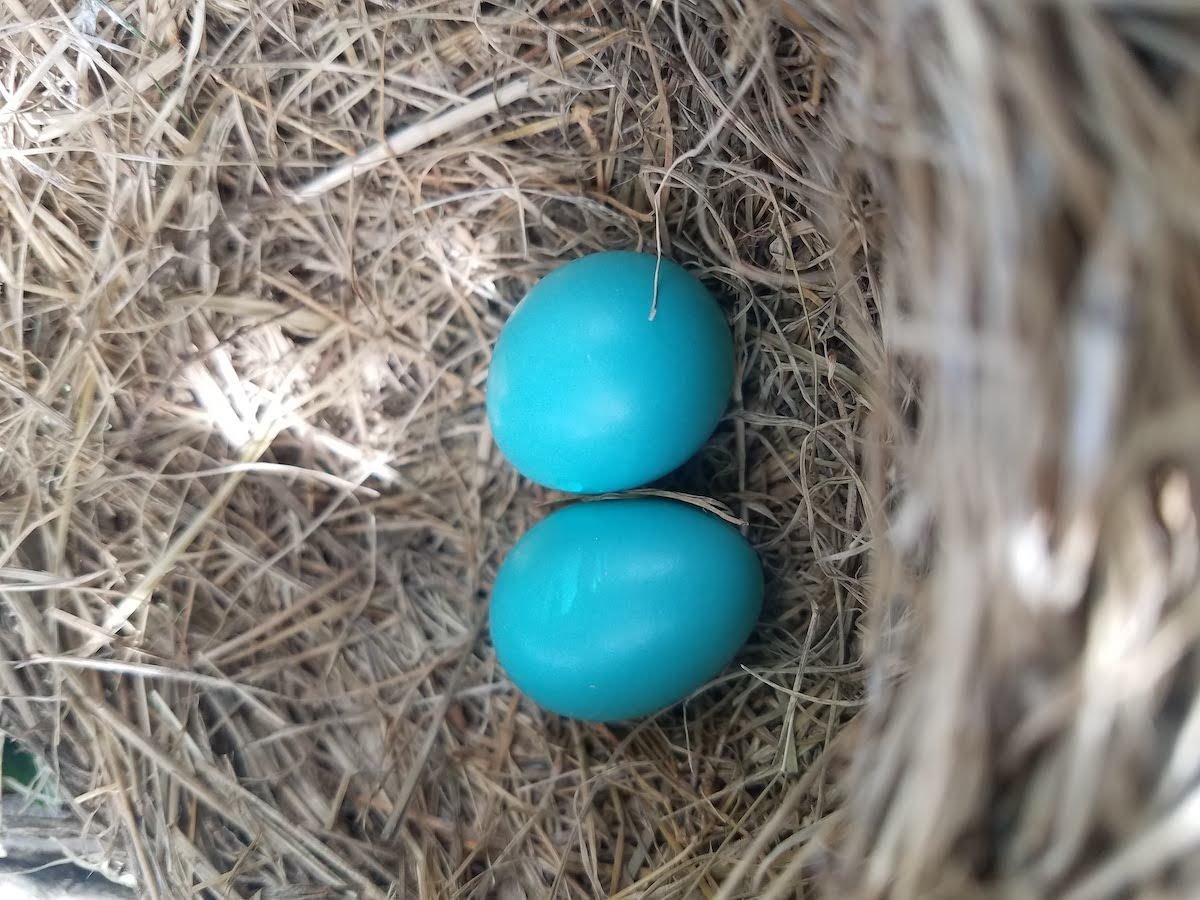



Identify Bird Eggs By Color And Size Birds And Blooms




What Color Are Blue Jay Eggs
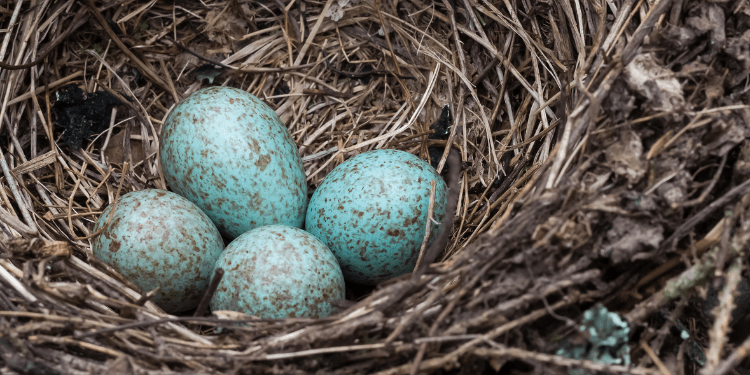



Blue Jay Eggs Everything You Need To Know Birdwatching Buzz



Blue Jay Nest In Our Birdhouse Birdpics




Blue Jay Wikipedia




Blue Jays Cyanocitta Cristata Beauty Of Birds




Dawn Chorus Blue Jay Babies




1 2m Awarded To Intercontinental Study Of Avian Egg Colors




What Do Baby Blue Jays Eat Bird Feeder Hub
:max_bytes(150000):strip_icc()/GettyImages-1047980498-8c21e699d4244eee87c09d8e2ef46c2a.jpg)



Blue Jay Bird Facts Cyanocitta Cristata
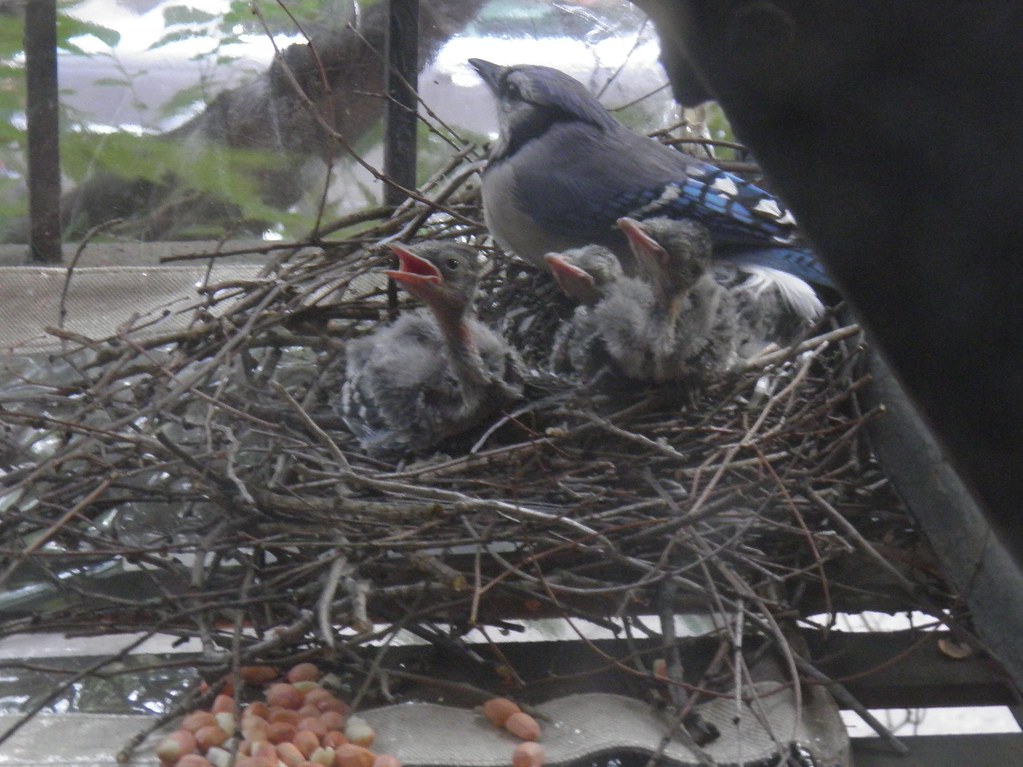



Blue Jays Nesting Outside My Window
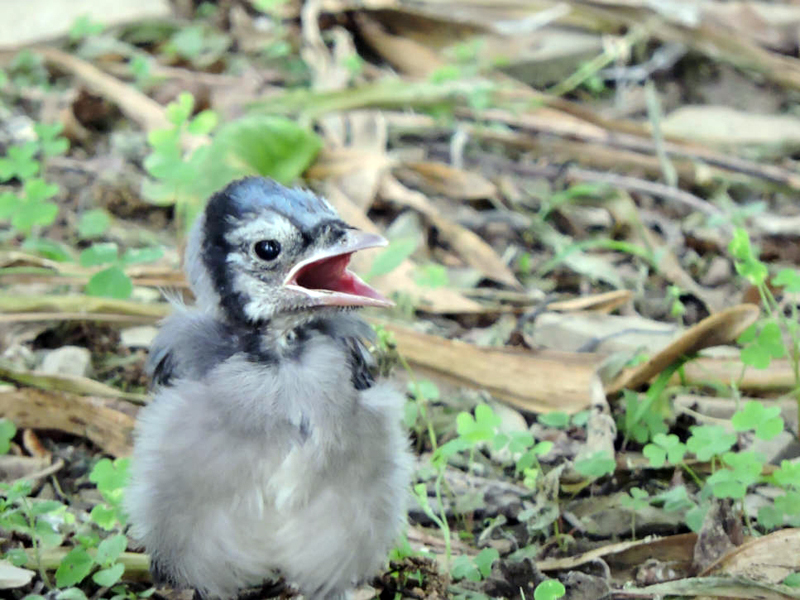



Blue Jay Cyanocitta Cristata Natureworks




Blue Jay Life History All About Birds Cornell Lab Of Ornithology
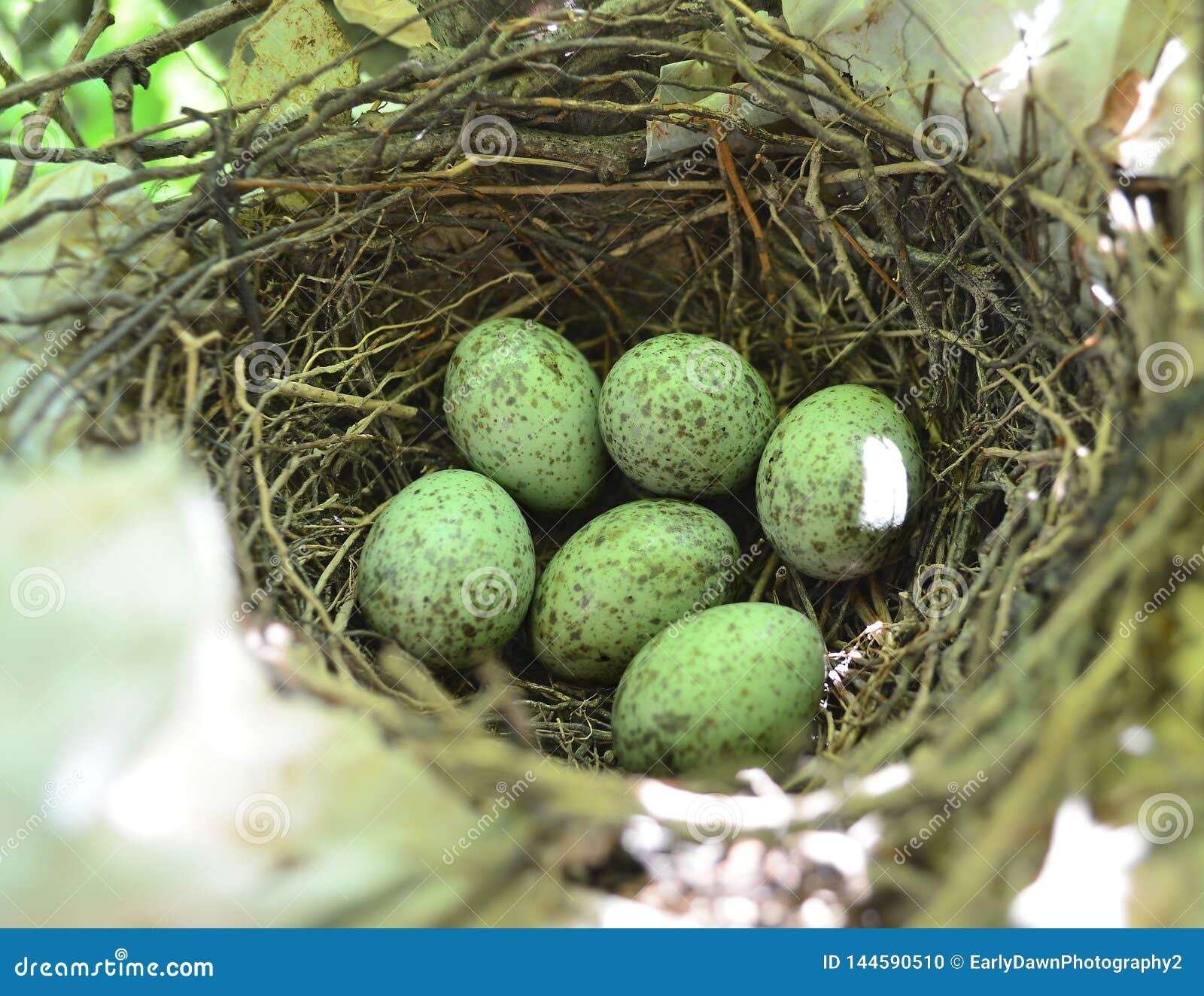



Blue Eggs Jay Photos Free Royalty Free Stock Photos From Dreamstime




Some Bird Nests Blue Jay Bird Bird Nest



Blue Jay Cianocitta Cristata Cristata Linaeus
/robin-eggs-5aba998e1f4e130037d2c375.jpg)



Why Are Robin Eggs Blue




Blue Jays May Be Cute But They Re Airborne Jerks Of The Highest Order
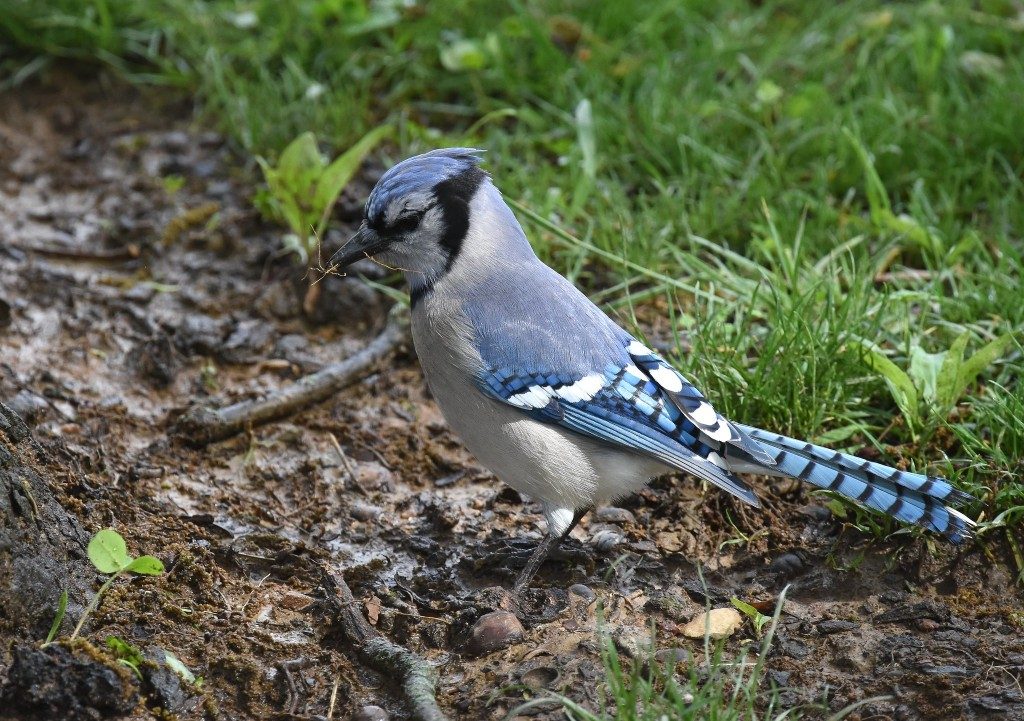



Blue Jays Nesting Outside My Window



0 件のコメント:
コメントを投稿